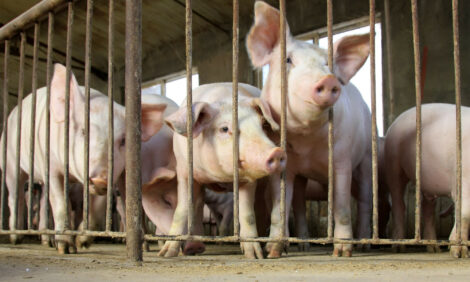



New Effluent Limitation Guidelines Established for the Meat and Poultry Industry
US - A new rule that establishes new numerical limitations, technology requirements and management practices for direct-discharging meat and poultry processing plants, Meat and Poultry Processing Effluent Limitation Guidelines (ELG), was finalized by the Environmental Protection Agency (EPA).
The rule establishes nitrogen limits for red meat of 134 monthly and 194 daily maximum and for poultry, 103 monthly and 147 daily maximum. For red meat and poultry, the ammonia limits are four monthly and eight daily maximum.
The Meat and Poultry Processing ELG which prescribes additional wastewater treatment requirements at meat and poultry slaughtering and processing facilities, was published in the Federal Register on Sept. 8. The new rule does not affect indirect-discharging plants. EPA proposed the rule in Jan. 2002 and signed it in Feb. 2004.
AMI, as part of a coalition of meat and poultry industry organizations, worked to demonstrate to EPA the industry's engineering capabilities in wastewater treatment technologies and examined EPA's treatment goals and calculated associated costs.
The overall impact of the new ELG limits on the meat and poultry industry is unclear. Although the final rule is different from the proposal and more consistent with the industry's technological capabilities, the new limits may result in some operations incurring additional costs to install new treatment technology and for permit requirements.
The Effluent Limitations Guidelines and New Source Performance Standards for the Meat and Poultry Products Point Source Category can be found on EPA's Web site, http://www.epa.gov/fedrgstr/EPA-WATER/2004/September/Day-08/w12017.htm
Source: American Meat Institute (AMI) - 9th September 2004







